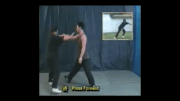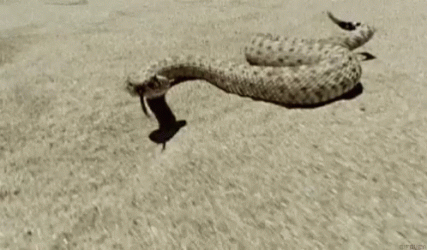we were so hung up on the form and the stance and getting it all correct, all the whisnile forgetting it is for fighting and fights
True. In the not too distant past, I was a stickler for my students (and myself) having just the right hand placement and stance. Afterall, isn't one of MA's goals mastery over body control?
"The back foot should be angled at 40 degrees. The elbow should be at a 90 degree angle. The feet should be shoulder distance apart with the front one 2 inches ahead of the toe-heel line." I'm sure we've all heard such things many times as students.
Body position is important, at least insofar as positioning affects one's techniques, fighting posture and balance. But this can be taken too far, to the point where "good form" is stressed merely for form's sake, unrelated to combat effectiveness. Plus, body proportion differs among individuals, and the "correct" stance for one may not be ideal for another.
Looking at the earliest videos of Okinawan masters (perhaps Chinese as well? I'm not qualified to judge) it can be seen that they were not anal about exact positioning. As I've mentioned a couple of times, they would not fare well in kata competition.
Their kata seem informal, even "sloppy" by today's TMA performance standards, with little posing, pomp and circumstance. Nevertheless, their skill is still evident. While
kiai is often strenuously vocalized nowadays, it is often lacking in the older, traditional masters. If they do kiai, it is done (sometimes just internally) as they feel the need, not necessarily at a mandated point. That's because they did not learn MA as a sport or performance art. If you do, that's OK, as long as you know where you are in the MA scheme of things.
Perhaps for beginners, following strict doctrine is reasonable. But after a couple of years they should be given more leash to find their own comfort zone as they eventually realize that many minute details do not really matter (though some do!) and concentrate on surviving a fight.



